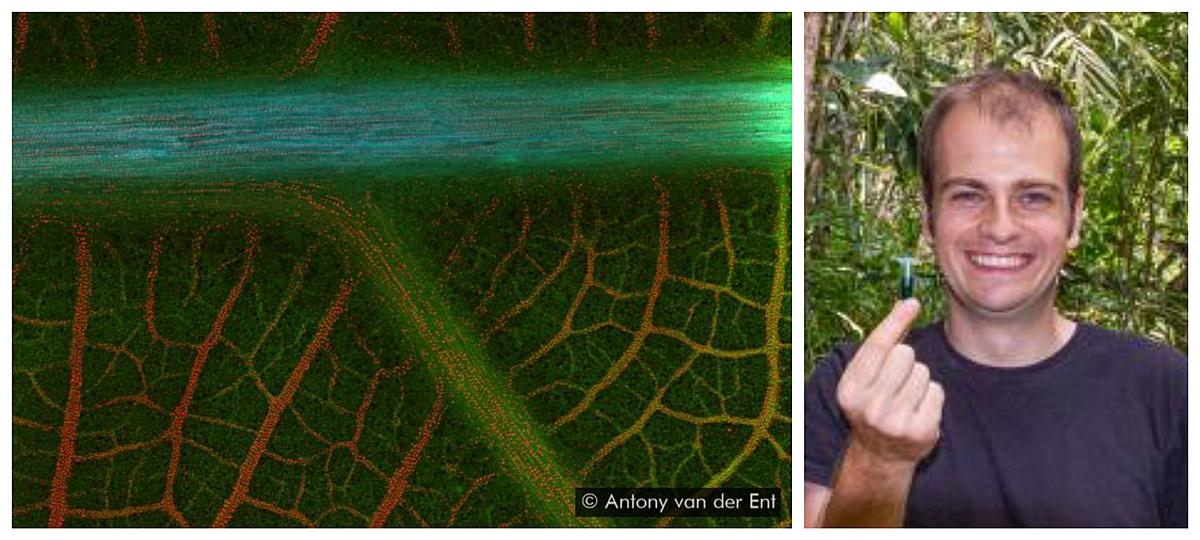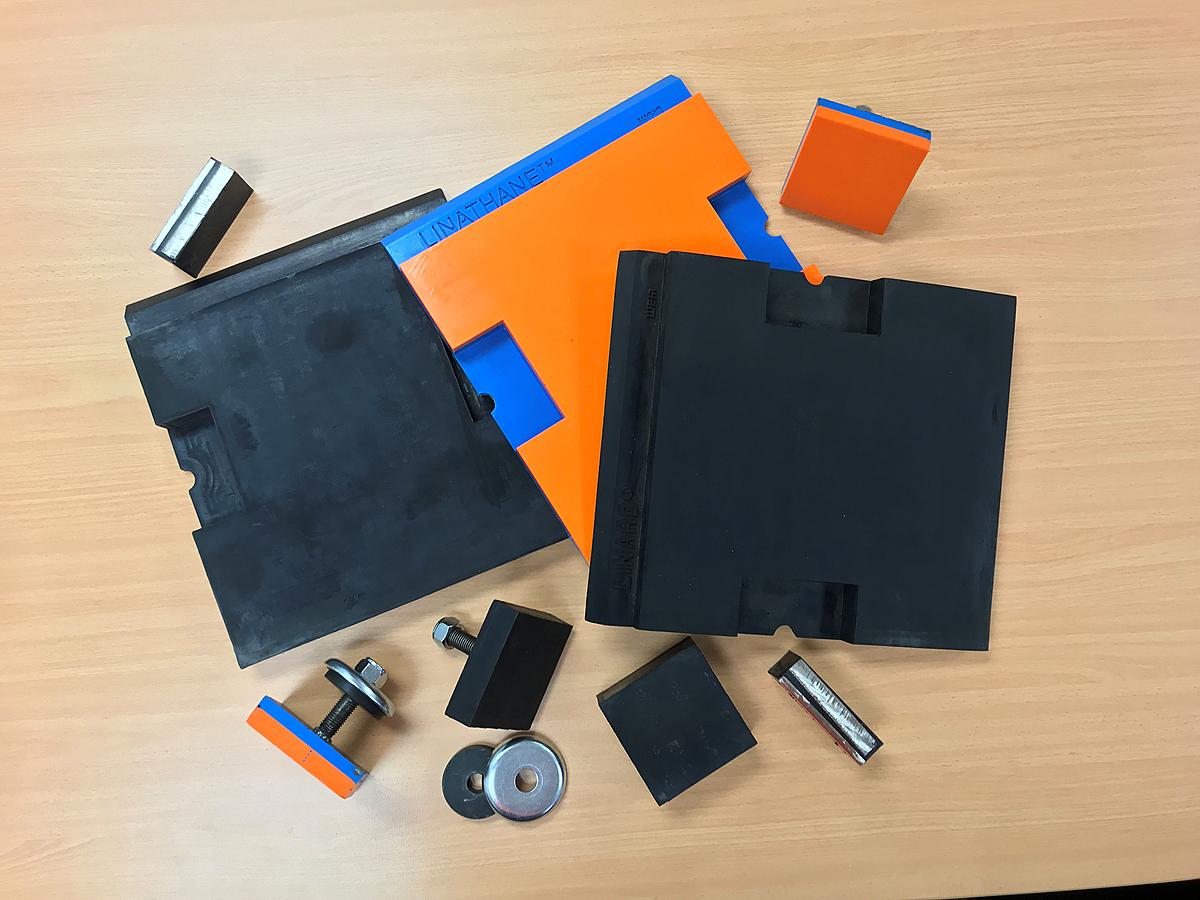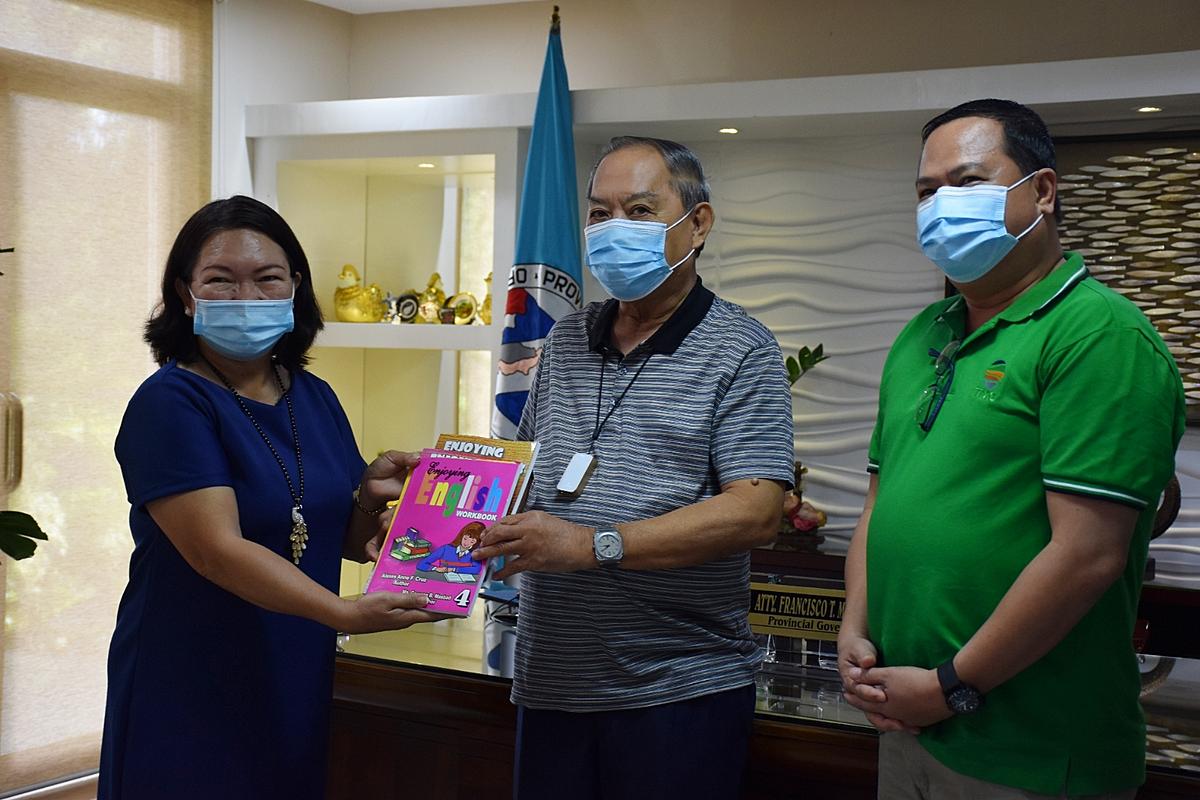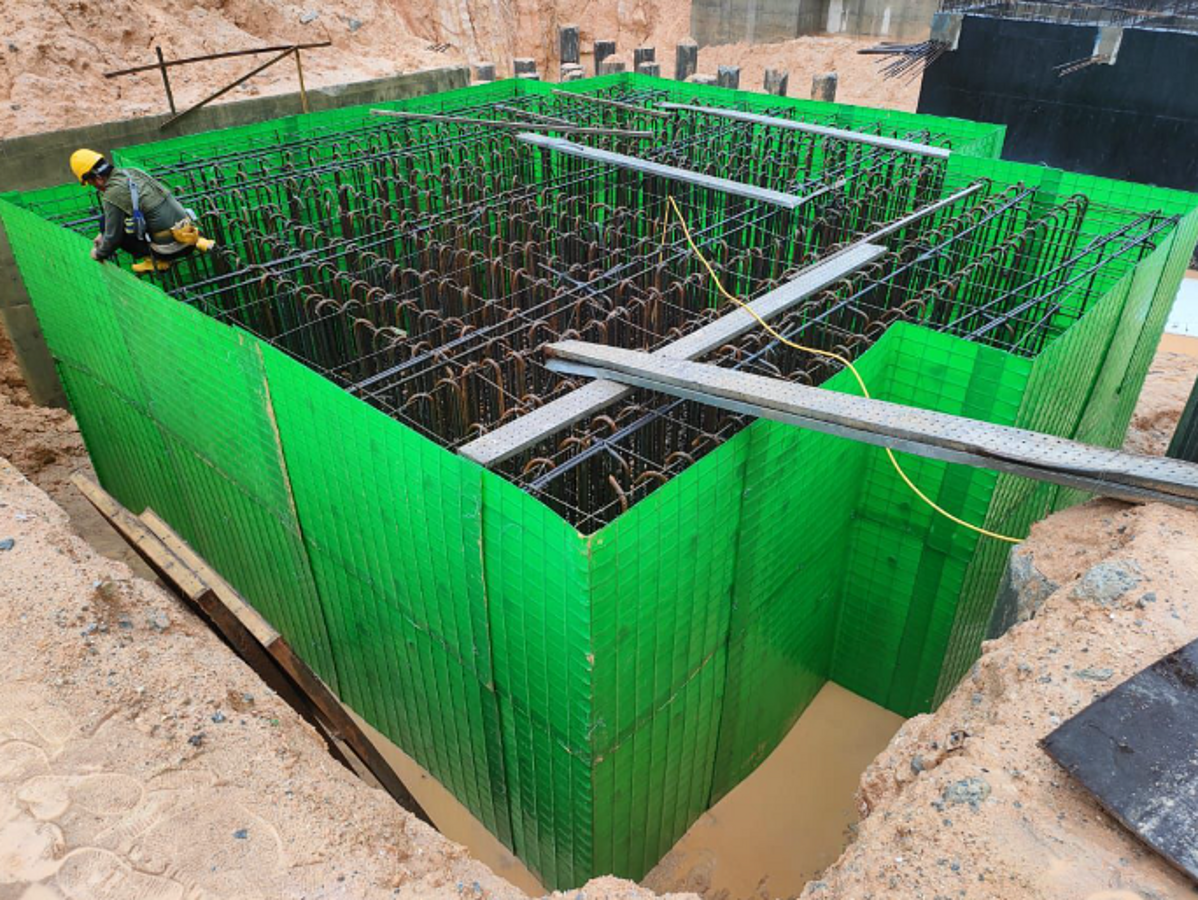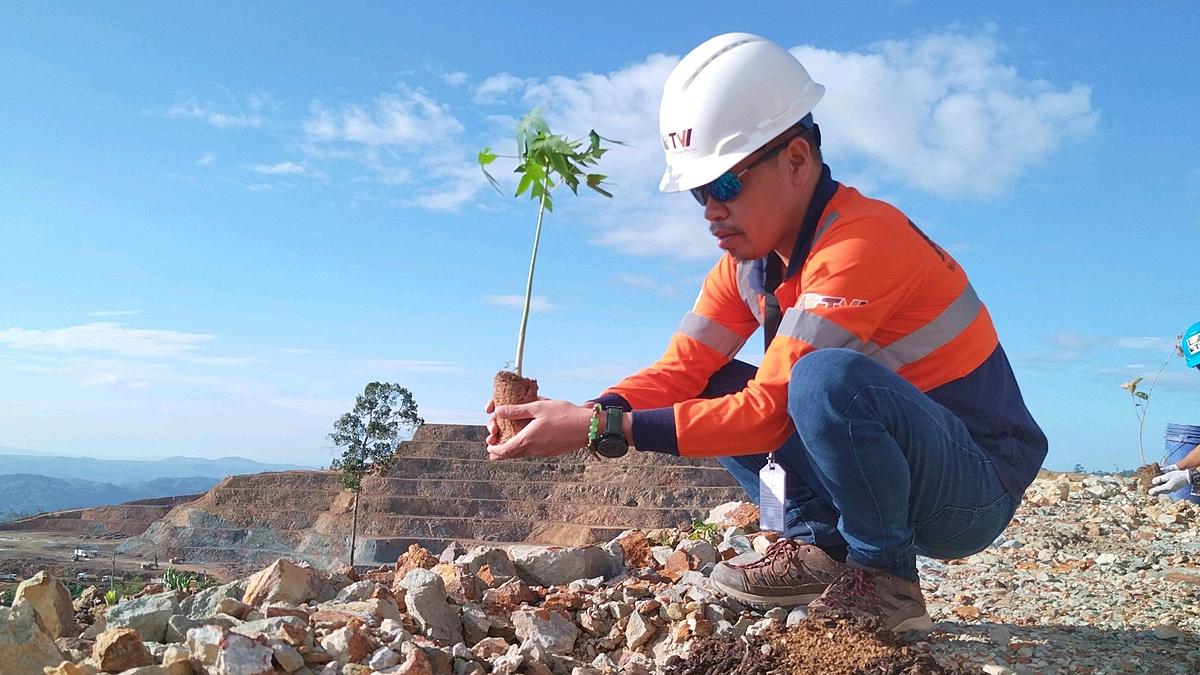Rare plants that naturally accumulate large quantities of nickel are believed to be hiding in Indonesia’s forests. (Photo credit: Dr. Antony van der Ent, University of Queensland)
Previously, on Part One of our featured story, we shared the findings of a group in Indonesia that studied rare plants that absorb high concentration of nickel. The group published their study in May 2020 where they identified the species of rare, nickel-loving “super plants” in Sulawesi. What is the significance of their study in nickel mining? Is phytomining a viable method of nickel mining?
For the past years, Dr Antony van der Ent and his colleagues researched about phytomining of nickel hyper-accumulator plants. These are “super plants” that can accumulate at least 1000 micrograms of nickel per 1g of dried leaf. In nature, most plants need a little bit of heavy metals to activate some essential enzymes in their flower process. However, too much of these metals can kill most plants. Therefore, most hyper-accumulator plants are rare due to their ability to survive despite absorbing high amounts of metals. Nickel is stored in their shoots, leaves, roots and sap.
“If the nickel within these rare plants could be tapped, it would provide a sustainable source of nickel for use in electric vehicle batteries,” said, Dr van der Ent.
Dr van der Ent is a plant ecophysiologist and biogeochemist from University of Queensland who does research on biopathyways of trace elements in soil and plant systems. “I have a specific interest in the application of phytotechnologies that utilize hyperaccumulator plants. My research bridges systematics, ecology and physiology of plants and is highly collaborative in nature.” [1]
Indonesia is a good place to look for plants that are nickel hyper-accumulators. Their forests are rich in biodiversity and the soil is rich in nickel. (Photo credit: Dr. Antony van der Ent)
In 2004, Aiyen Tjoa from Tadulako University in Central Sulawesi searched for these plants in Sorowako. Sorowako is known for its rich biodiversity of rare plants but the area was cleared of its green landscape to make way for one of the largest nickel mining sites in the world. There were, however, some bushes and trees that survived the clearing of the forest. She studied these plants to understand how “super plants” are able to withstand such harsh nickel-rich soil, while it is toxic for other organisms. She notes that if these plants can be “mined” as well, then this could be a new method of gathering nickel without destroying the ecosystem.
Tjoa found two species of nickel hyper-accumulators in 2008. These are Sarcotheca celebica and Knema matanensis which could store between 1,000 and 5,000 micrograms of nickel per 1g of dried leaf.
“We’re looking for plants that could accumulate at least 10,000 micrograms [per gram]. At that threshold, it becomes economically viable to cultivate the plant for mineral extraction – or ‘phytomining’”.
Dr. van der Ent established two methods in detecting hyper-accumulator plants. First is through the use of detection paper. He reported that if a plant has nickel content, the white detection paper turns pink when leaves are pressed against it. [2]
Another detection method he uses is via a hand-held device that emits x-ray beams at the plant sample. Plants that are positive for nickel content reacts by emitting a specific amount of energy that is characteristic of nickel atoms. [2]
A third technique is by using magnetism, as developed by researcher Professor Satria Bijaksana from Bandung Institute of Technology. This technique is faster and saved time because it only detects high concentrations of nickel. Using this method, Tjoa and Dr. van der Ent were able to conduct a successful experiment on 10 indigenous plants in Sulawesi and Halmahera in comparison with two hyper-accumulators (Alyssum murale and Alyssum corsicum). Findings show one of the native plants was high in both iron and nickel.
The group published their study in May 2020 where they identified two further species of nickel-loving plants in Sulawesi.
Of note, they discovered that the plant species Casearia halmaherensis and another that was a type of pepper, have the ability to accumulate 2,600-2,900 micrograms in 1g of dried leaf.
Is phytomining a new way to mine?
“The beauty of nickel hyper-accumulators is that they collect something that is both a toxic pollutant if left in the soil, and a valuable material – nickel is used in making products from kitchen taps to electric car batteries. Collecting the nickel from plants is a relatively easy process,” writes science journalist, Dyna Rochmyaningsih, who published the article “The rare plants that ‘bleed’ nickel”, for “Future Planet” of the BBC website. [2]
Among the various “super plants” that the three researchers found, Dr van der Ent has calculated that the plant species Phyllantus balgoyii can produce an estimate of 120kg of nickel per hectare every year. That is equivalent to a market value of around $1,754 per hectare. [2]
How is nickel extracted from the plant? The shoots will be pruned, and then burned. Nickel can be separated from the ash. The shoots of a plant have the highest concentrations of nickel. Burning is necessary to release carbon dioxide.
According to Rochmyaningsih’s report, phytomining has considerable environmental advantages compared with traditional forms of mining. “In Sorowako, nickel is extracted through open-pit mining, to access nickel embedded inside laterite rocks. To get the nickel, the rocks need to be crushed, which can release radioactive elements, naturally occurring asbestos-like substances, and metallic dust. Open-pit mining also produces waste materials in the form of a toxic semi-liquid waste known as tailings. If not properly managed, arsenic and mercury-laden tailings can leak in the surrounding environment. More broadly, traditional mining as a whole is a considerable carbon emitter, releasing at least 10% of greenhouse emissions in 2017.” [2]
Nickel hyper-accumulators are also a choice of plant type to use for revegetation of mined out land areas. Tjoa says that in most mining companies in Indonesia, they often use ordinary plants rather than nickel-loving species. Dr van der Ent said that nickel hyper-accumulators could do a better job in revegetation because they improve soil health by removing nickel and brining back the major nutrients needed by normal plants. It could also give an economic benefit for the mining company because the nickel residue that has been accumulated in the plant’s shoots could be harvested.
Dr van der Ent has been conducting phytomining field trials in Sabah, Malaysia since 2014. “We found out that phytomining really works.” This can be applied in soils that have not been mined but have naturally have high levels of nickel. However, Dr van der Ent points out that the technology of phytomining is not aimed at replacing open-pit mining. Instead, phytomining could be done in parallel. He said that it can be an alternative form of agriculture in rural communities living on nickel-rich areas. [2]
Although phytomining has a good potential and viability, Tjoa said that there is a slow pace of development of phytomining in Indonesia as no one seems to pay attention to this potential. “The firm PT Inco once supported her research on phytomining when she did a field trial on the adaptation of Alyssum murale in Sorowako. But the collaboration was terminated partly because the company was restructuring,” according to the BBC article. There was no collaboration since then. [2]
The irony is, “No other country has a greater potential for phytomining than Indonesia,” said Dr van der Ent. With the extraordinary plant diversity and geological history, he believes that the Indonesia has a great potential for the discovery of nickel hyper-accumulators. Between 1990 and 2018, Sulawesi lost nearly 19% of its forest cover. Tjoa said, “We have lost such a big chance to find these plants.”
On the bright side of the story, in central Sulawesi, “a pristine rainforest sits on nickel-rich soils that make up the mountainous region in Morowali natural reserve.” The soil is greyish and forms above a bedrock called serpentinite. Most likely, it is a perfect place to find nickel-loving plants.
Also, a foreign mining company showed their interest in phytomining studies and experiment, according to Tjoa. She was in touch with a US-based investor in 2017 who wanted to fund her 5,000-hectare trial in Sulawesi. She plans to use Alyssum murale for the project. This is a nickel-hyperaccumulator from Italy. She said that maybe if we can prove that phytomining works, then perhaps the Indonesian government will finally be convinced about it. From their study, we find that using plants instead of heavy machinery to mine would create less waste, preserve the ecosystem and produce less toxic waste.
References:
[1] https://www.researchgate.net/profile/Antony_Ent
[2] Rochmyaningsih, Dyna (26 August 2020). “The rare plants that ‘bleed’ nickel”. Future Planet, BBC.
Retrieved from -
https://www.bbc.com/future/article/20200825-indonesia-the-plants-that-mine-poisonous-metals
Photo credit:
1. Antony van der Ent - https://smi.uq.edu.au/profile/1400/antony-van-der-ent
2. https://www.bbc.com/future/article/20200825-indonesia-the-plants-that-mine-poisonous-metals

